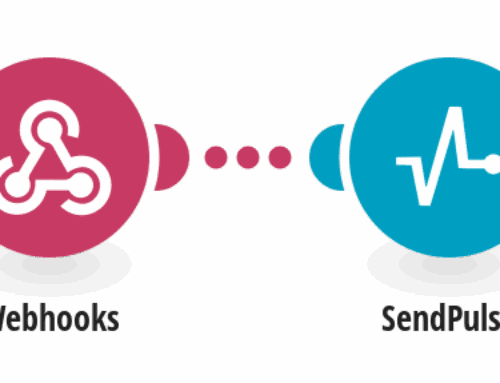(Summing it all up)
Welcome to the fourth and final chapter of our 4-blog series on combing the two megaliths of online advertising; Google and Facebook. So what have we learned so far? Well, let’s have a short recap. Ok, so both Google Analytics and Facebook platforms give advertisers the opportunity to upload consumer data, and to use this data to execute ad campaigns targeted at their users whenever they are logged into Gmail (using Gmail Ads) or when they’re using Facebook.
Combining the Megaliths
To get the maximum revenues and profits across both networks, then you should be wise when it comes to gearing the targeting on your GSP as well as your Facebook campaigns.
So if you’re executing the same campaign across both Gmail and Facebook, you should have two Facebook Ad sets and create higher bids in the ad set for persons who are presently on your mailing list that are using Gmail.
This tactic is a pretty neat way of maximizing your budget on Facebook and making sure most of your money is being utilized on the audience that you know has a higher affinity to be warmed up to your messages and to your advertisements.
A few Things to Remember
- Looking at bid stacking while on AdWords- You should keep in mind that any modifiers placed while in RLSAs will be placed on top of existing modifiers like the device being utilized, the time of the day and the day of the week.
- Knowing the list size’s minimum value- To be eligible for a Google search, the minimum number of users that you’ve got to have is 1000. Hence, it’s not always wise to be way too specific especially if you have a limited traffic site. Because you can imagine how frustrating it would be if you’re spending thousands of dollars in advertising just to reach about 100 people.
- Know the sensitive industries- You should know that Google does not permit RLSAs in sensitive industries like gambling or even pharmaceuticals.
Your main goal.
The main objective is to build awareness on your social media before you use your paid search campaigns to target any buyer intent displayed by new prospects as availed to you by Google search.
Hence, if you’ve gone over both part 1, part 2, and part 3, then you’ll have a great technical content on some smart examples of how savvy digital advertisers put to good use granular targeting options present in Facebook, and cross-link it with all the paid search action that they’ve been getting on Google AdWords.
A parting short
So by now, you’ve probably figured out that Facebook is one of the most ideal marketing platforms to target your ideal consumer base. Keeping this in mind, you can always utilize remarketing options first, before bringing the powerhouse that is AdWords into play. In another blog, we’ll be dealing a lot more on Engagement options and how you can utilize the various preferences effectively when it comes to your Facebook advertising.
That being said, if you’d love a step by step analysis on how to efficiently combine your Facebook and AdWords marketing strategies, then contact 4Spot Marketing today. You can email us at Info@4SpotMarketing.com or call us at 702-721-9763. We offer a free consultation to determine what approach will serve your company best.










